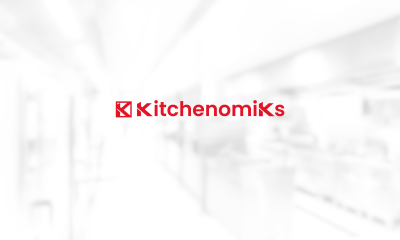Highlights
Slow start to 2016 for EMEA high-yield markets: Moody’s
2016 has started slowly for the high-yield bond market in Europe, the Middle East and Africa as the positive effect of continued euro area quantitative easing is offset by Chinese stock market volatility and continued downward pressure on commodity prices, says Moody’s Investors Service in the October edition of “High Yield Interest — European Edition”.

2016 has started slowly for the high-yield bond market in Europe, the Middle East and Africa as the positive effect of continued euro area quantitative easing is offset by Chinese stock market volatility and continued downward pressure on commodity prices, says Moody’s Investors Service in the October edition of “High Yield Interest — European Edition”.
The cautious start to the year follows reduced high-yield volumes in 2015. Overall, high-yield bond issuance in 2015 reached $72.5 billion, 40% below 2014 levels of $121 billion, while total rated leveraged loan issuance reached $68 billion in 2015, 43% below 2014’s level of $119 billion.
“We continue to believe that there are a number of issuers in the bonds and loans space waiting for the right window of opportunity, ready to access the market in the first quarter of 2016,” says Peter Firth, a Moody’s Associate Managing Director.
Although Moody’s recorded a number of defaults in the last quarter of 2015 that led to a rise in the default rate to 3.4% for Europe at year-end 2015, the rating agency expects corporate credit quality (investment grade and high yield) to be stable in 2016, with default rates near 3% in Europe. Moody’s also recorded a rise in the list of companies rated B3 negative & lower and the Liquidity Stress Index from its record low level in 2015.
Nevertheless, many high-yield corporates are supported by solid aggregate liquidity profiles and limited debt maturities over the next 12 months that should provide some cushion and time to weather uncertainties in 2016, particularly if high-yield markets remain subdued. However, if liquidity becomes more constrained, and as some issuers fall short of performance expectations, investors need to also watch out for different and less obvious forms of financing, including factoring or reverse factoring.
-

 Magazines1 month ago
Magazines1 month agoOER – September 2025 Issue
-

 News1 month ago
News1 month agoKitchenomiKs Secures Investment of US$3.2M Led by Jasoor Ventures
-

 Alamaliktistaad Magazines1 month ago
Alamaliktistaad Magazines1 month agoAlam Al Iktisaad – September 2025 Edition
-

 News1 month ago
News1 month agoCent Capital, AI Finance App by ex-AWS Strategist ‘The Beast of Bay Area,’ Launches to End Financial Anxiety, Hits $1M AUM
-

 News1 month ago
News1 month agoOman Inaugurates ‘Hadatha’ – Its All-New Cybersecurity Center
-

 Banking & Finance1 month ago
Banking & Finance1 month agoOman Arab Bank Highlights Its Ongoing Strategic Initiatives and Future Plans
-

 News1 month ago
News1 month agoIEA Expects Global Oil Market to Remain Oversupplied in 2026
-

 Energy1 month ago
Energy1 month agoWLGA Middle East LPG Summit & Expo 2025 to be held at OCEC on November 10 and 11































You must be logged in to post a comment Login